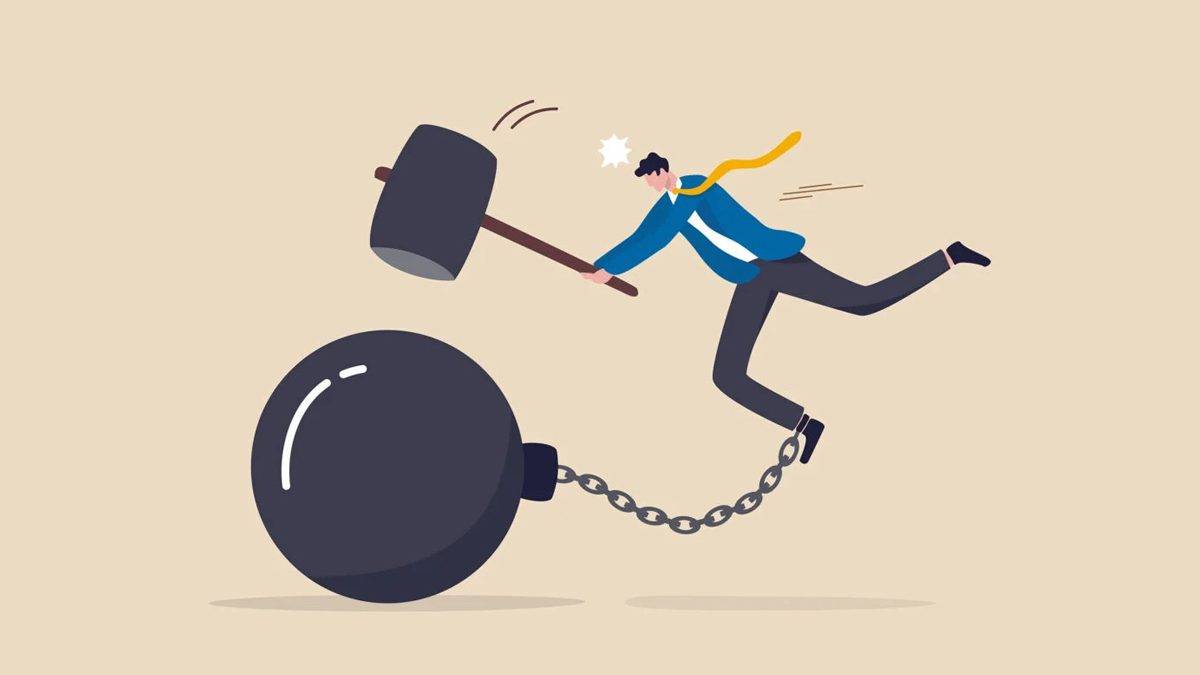Why do people find it so difficult to change old habits? Whether it’s a manager frustrated with employees or individuals stuck in destructive behavior patterns, breaking free can feel impossible. However, recent brain research provides powerful insights into why habits persist and how they can be changed effectively.
Why Habits Are Hard to Break
The human brain processes billions of bits of data each second, but we are only consciously aware of a small fraction. Most behaviors are automatic, driven by deeply ingrained neural pathways. Dopamine, the brain’s reward chemical, reinforces these behaviors by creating lasting mental imprints.
Similar to addiction, habits become harder to control as dopamine circuits strengthen. Studies show that even after major health crises, such as heart surgery, many people revert to unhealthy lifestyles. This demonstrates how habits are neurologically entrenched and resistant to change.
The Role of Neuroplasticity
The brain’s ability to change, known as neuroplasticity, offers hope. According to research by MIT’s McGovern Institute, forming new habits or breaking old ones rewires specific areas of the brain. However, these patterns leave residual imprints, making relapse likely when old triggers resurface.
Repeated behaviors create stronger neural connections, while new habits require conscious repetition. Studies reveal that habit formation takes an average of 66 days—far longer than the outdated 21-day myth.
Why Emotions Drive Decisions
Emotions, rather than rational thought, are the primary drivers of decision-making. Psychologists Joseph Le Doux and Eugene Caruso have shown how unconscious biases influence choices, often without our awareness. Understanding this emotional influence is key to changing behavior.
Dr. Steven Hayes, a leading psychotherapist, promotes focusing on context rather than controlling thoughts. His mindfulness-based approach teaches people to observe their thoughts without reacting to them, creating healthier mental patterns.
Practical Tips for Change
For managers and individuals seeking to replace negative behaviors with positive ones, consider these strategies:
- Habits form through strong neural pathways reinforced by dopamine.
- Emotions, not logic, dominate decision-making.
- Avoid focusing on eliminating old patterns—instead, build new, healthier ones through consistent repetition.
- Positive reinforcement and mindful awareness are powerful tools for long-term change.
Willing Ways emphasizes that understanding the science of habits is essential for creating sustainable change. With the right strategies, it is possible to overcome even deeply rooted behaviors and build a better future.

